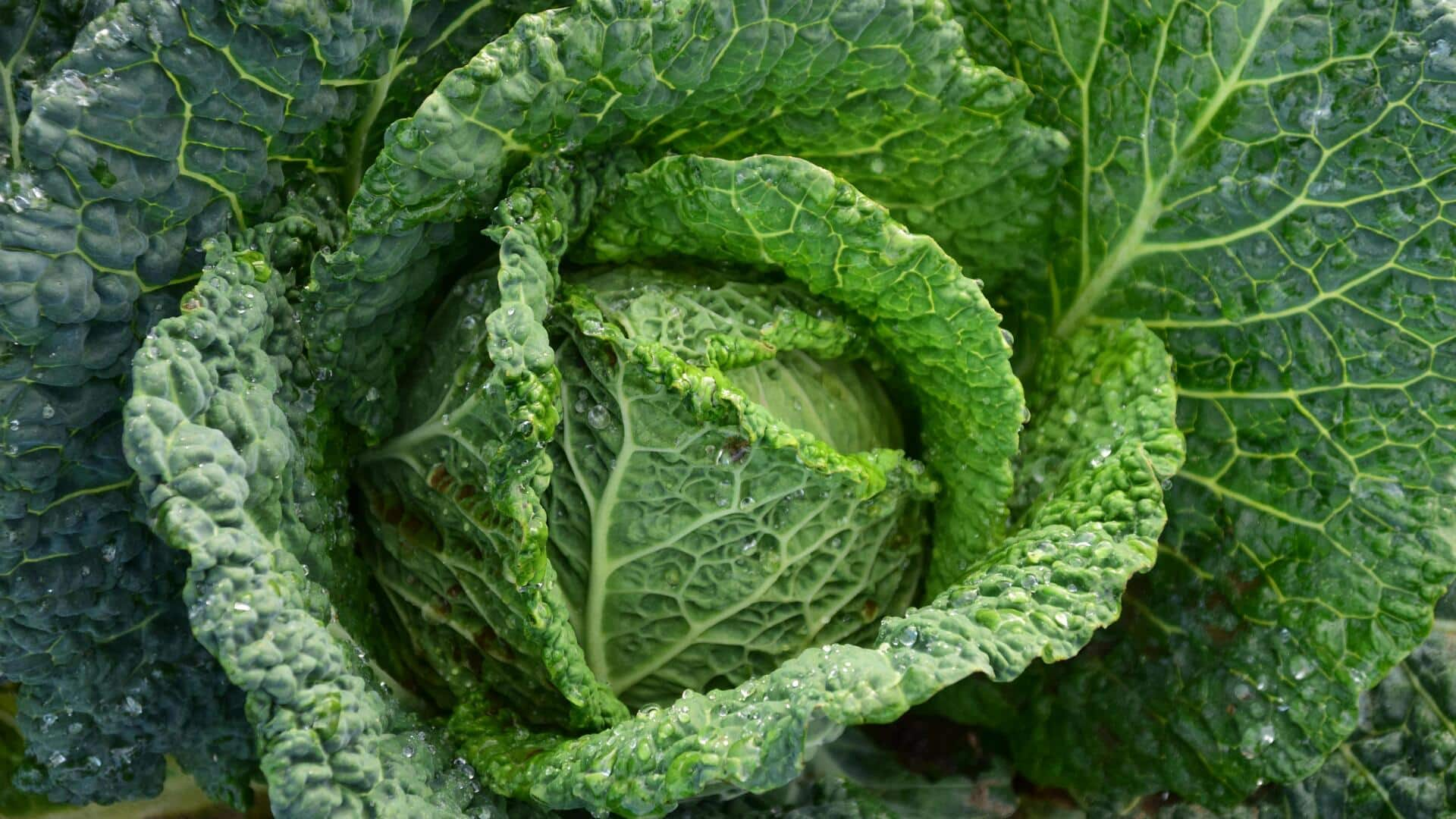
The surprising journey of cabbage across continents
What's the story
Cabbage has been a staple in diets around the world for centuries, evolving from its wild ancestors to the cultivated varieties we know today. This leafy vegetable has a rich history, tracing back to ancient times when it was first domesticated. Over the years, cabbage has adapted to different climates and soils, resulting in diverse forms and flavors. Its journey is a testament to agricultural innovation and cultural exchange.
Early days
Ancient origins and domestication
Cabbage's story begins with its wild ancestor, which grew in coastal regions of Europe. Ancient Celts were among the first to cultivate it around 600 BCE. They recognized its hardiness and nutritional value, leading to its spread across Europe. The Romans further popularized cabbage by introducing it to their empire, where it became a common food source for soldiers and civilians alike.
Global spread
Varietal development through trade
As trade routes expanded during the Middle Ages, so did the varieties of cabbage available. Merchants carried seeds across continents, allowing for cross-breeding with local plants. This led to the development of numerous cultivars suited for different climates and tastes. By the 16th century, cabbages were being grown in Asia and Africa as well as Europe.
Health benefits
Nutritional value over time
Cabbage has always been valued for its health benefits. It is rich in vitamins C and K, as well as fiber, making it an excellent addition to any diet. Over time, research has only reinforced these benefits, with modern studies showing that regular consumption can aid digestion and support immune function.
Agricultural advancements
Modern cultivation techniques
Today's cabbage cultivation employs advanced agricultural techniques such as selective breeding and hydroponics to enhance yield and disease resistance. These innovations ensure that cabbages can be grown year-round in controlled environments, meeting global demand efficiently. Farmers now have access to tools that allow them to optimize growth conditions, ensuring consistent quality and supply.
Global impact
Cultural significance across regions
Beyond its nutritional value, cabbage holds cultural significance in many regions. In Eastern Europe, pickled cabbage is a staple during winter months; in Asia, it is a key ingredient in traditional dishes like kimchi; while in Western countries, it features prominently in salads or as a side dish. Its versatility makes it a beloved ingredient worldwide.